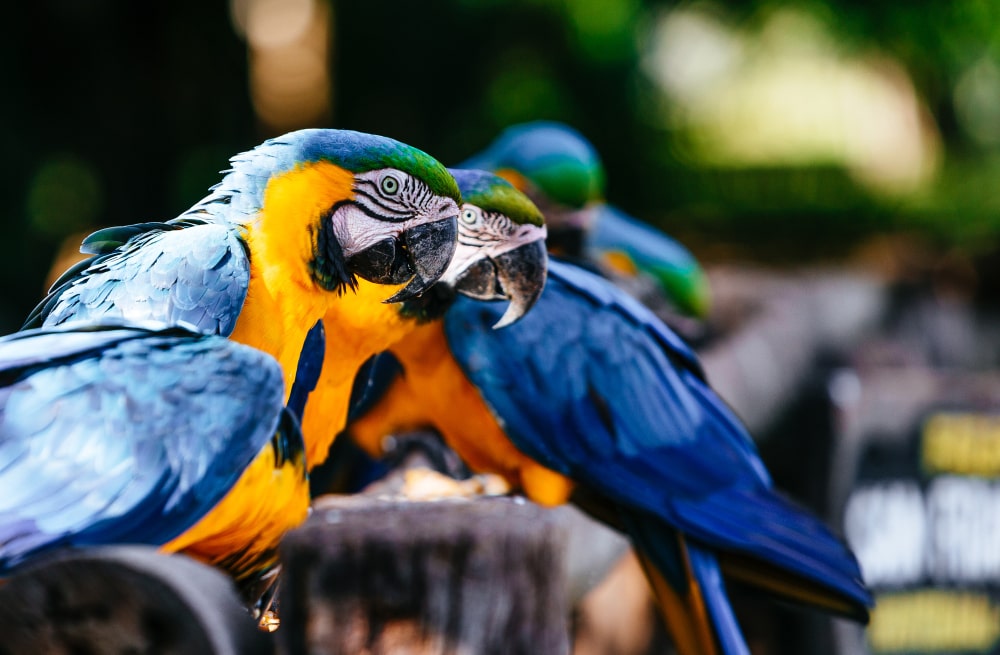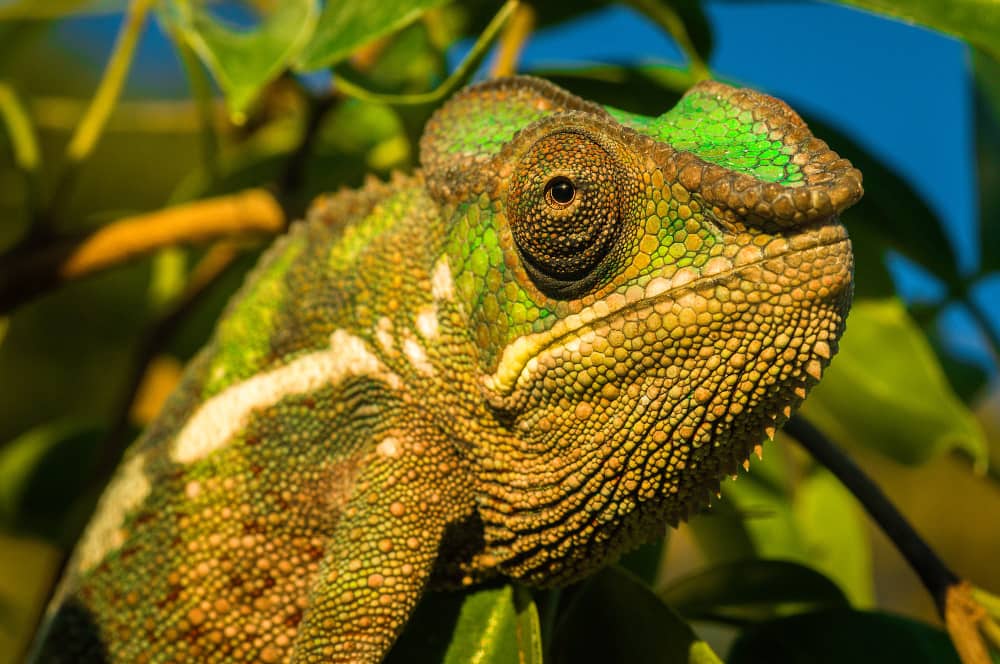From lush rainforests to expansive savannas, Brazil is a country full of different and overwhelming nature, specifically for people who travel there from Europe or countries where the nature is not as lively and diverse.
If you are one of those tourists who is going to discover the awe-inspiring Brazilian nature soon, keep reading! In this article of Brazil Green Travel we are going to give you the main keys to understand what characterizes the main plants and animals you will find in Brazil.
Ready to discover a whole new world?
What characterizes Brazilian wildlife?
Brazilian nature is synonymous with biodiversity, with the country holding a staggering share of the world’s plant and animal species.
Just the Amazon Rainforest, often referred to as the «Lungs of the Earth» and probably the main attraction of the country, is home to an estimated 390 billion individual trees and a myriad of plant and animal species. That is why it is a testament to Brazil’s ecological significance and the most colossal forest known on Earth.
But this is not the only spot that makes Brazil one of the most interesting countries in terms of nature and diversity, because it is also the home of the Pantanal, the world’s largest tropical wetland area, which adds an astonishing variety of wildlife animals.
What animals live in Brazil?
The animals you will find in Brazil will take your breath away. From the elusive jaguar prowling the Amazon to the playful capybara grazing in the Pantanal, every region introduces you to a different cast of characters.
 In the treetops, you may encounter the vibrantly colored macaws and toucans, adding a splash of color to the lush green canopy. On the forest floor, the iconic giant anteater may make an appearance, while the Amazon River is teeming with unique aquatic life, including the famous pink river dolphins, which are in danger of extinction.
In the treetops, you may encounter the vibrantly colored macaws and toucans, adding a splash of color to the lush green canopy. On the forest floor, the iconic giant anteater may make an appearance, while the Amazon River is teeming with unique aquatic life, including the famous pink river dolphins, which are in danger of extinction.
Main Brazil native animals
- Jaguarundi: The Jaguarundi, a wild cat species larger than the average house cat, is native to the Amazon basins and prefers habitats in brush areas. It has been listed on the IUCN Red List since 2002.
- Rhea: The Rhea, the second-largest species of flightless bird in South America, is native to Brazil and Argentina.
- Tapir: Resembling a pig with a trunk, the Tapir is a herbivorous mammal primarily found in the jungles of South America. It is one of the five extant species in the world.
- Capuchin: Not your regular cappuccino, the Capuchin is a unique monkey found in Brazil. Known for its intelligence and social behavior, it is one of the most commonly kept monkeys as pets in South America.
- Maned Wolf: A unique creature on our planet, the Maned Wolf resembles a wolf but is actually a large fox.
- Capybara: The Capybara, the largest rodent in South American forests, is hunted for its meat and serves as a favorite food for predators like Jaguars, Pumas, and Anacondas.
- Tamarin: Tamarin, a monkey species with varying colors such as orange, black, and yellow, resides in Central South America. It is predominantly found in the rainforests and coastal areas of Brazil.
- Bush Dog: Endemic to Brazil in South America, the Bush Dog is a highly endangered species, listed as one of the rarest of its kind.
- Pink Dolphin: Known as the Amazon river dolphin, the Pink Dolphin inhabits the Amazon River. This toothed whale species is one of the largest river dolphins globally.
- Crab-Eating Fox: Belonging to the wild dogs’ family, the Crab-Eating Fox is a small mammal found in South America. Classified as a species of least concern, it roams freely in its natural habitat.
How to discover the wildlife in Brazil
 Choose the right destinations
Choose the right destinations
Brazil’s diverse landscapes mean that different regions host distinct ecosystems and wildlife. The Amazon Rainforest, the Pantanal, the Atlantic Forest, and the Cerrado all offer unique experiences. Research and choose destinations that align with your wildlife interests, whether it’s birdwatching, jungle safaris, or observing aquatic life.
Book guided tours
Opting for guided tours with a reputable eco-friendly travel agency, like Brazil Green Travel, is a great way to explore the wildlife responsibly. Furthermore, knowledgeable guides can enhance your experience by providing insights into the flora and fauna, ensuring a deeper connection with the environment while adhering to sustainable travel practices.
Respect nature and wildlife
While exploring Brazil’s wildlife, it’s crucial to practice responsible tourism. Respect the natural habitats of animals, maintain a safe distance, and avoid disrupting their behavior. If you want to take care of the nature you are discovering, choose eco-friendly accommodations, and support initiatives that contribute to the conservation of Brazil’s unique ecosystems.
Taking this into account, we can assure you that your journey will be a complete success.








